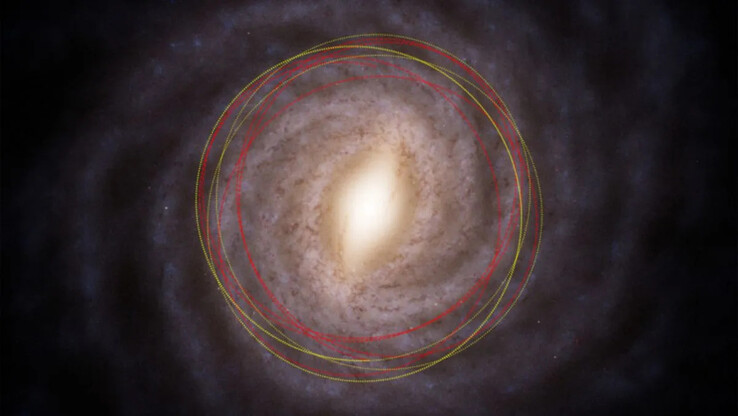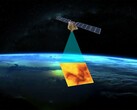A few days ago, an interstellar visitor was spotted in our solar system. And as observations continue, astronomers believe it could become visible to the naked eye as it passes close to the Sun.
Named 3I/ATLAS, it could well be one of the oldest objects ever observed by mankind. Estimates put its age at around three billion years, and its speed at a staggering 210,000 km per hour. As for its origin, scientists and astronomers believe that it can be traced back to a different region of the Milky Way than the one we're in now.
More precisely, studies have been carried out using a computer model developed and updated by researchers at Oxford University. This software is fed by data from the Gaia space observatory, making it possible to define an origin located in the “thick disk” of our galaxy, a place where many ancient stars were formed.
But it's its composition that has scientists intrigued. This interstellar object is rich in water ice. And this could lead to the appearance of a tail when it comes close to the Sun, due to its vaporization by solar rays. And needless to say, this would be observable with the naked eye, and a breathtaking sight to behold.
But while this may be the stuff of dreams, as was the case with comet C/2020 F3 Neowise, we must be cautious. Indeed, its trajectory is not yet defined with any great precision, although we do know that it will pass close to Mars. Further observations are needed to determine its direction through our solar system, and whether it will be able to put on a unique show for several days.
Beyond this aspect, 3I/ATLAS will enable scientists to better understand our universe and what's going on outside the solar system. And there's no doubt that future studies will come up with new answers, even if some grey areas will still remain.
Source(s)
Techno-Science (in French)
























